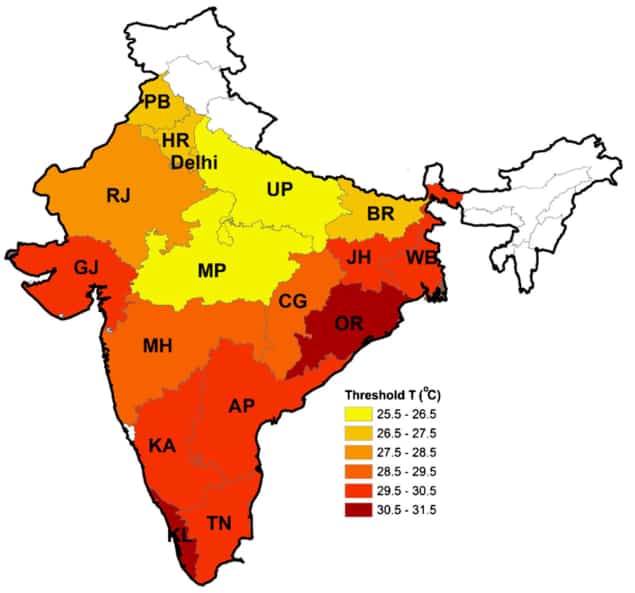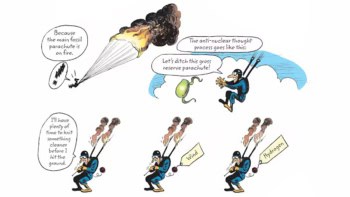
What can the use of Internet search terms related to air conditioning tell us about human’s capacity to withstand periods of hot weather? How hot is too hot and does living in a warmer part of the country help you adapt?
Researchers from the Netherlands and UK analysed regional Internet search frequencies, which are provided by major search engines such as Google, to find the answers.
The team wanted to quantify the adaptation potential of individuals living across different climate zones and at the high end of the temperature range in India, where access to health data can be limited.
“We believed that searches for air conditioners could provide an interesting proxy for heat discomfort in the social context of India as air conditioners are ‘high in demand’ products for the already large, but still growing, middle class,” says Tanya Singh from Wageningen University & Research.
By correlating regional peaks in the use of search terms related to air conditioners with regional temperature data, the scientists approximated the point at which people started to register heat discomfort. State-level heat thresholds ranged from 25.9 °C in Madhya Pradesh in central India to 31.0 °C in Orissa to the east.
Local adaptation occurred at state level, the team found. The higher the average temperature in a state, the higher the heat threshold. But the search term analysis also emphasized that it’s not just the high temperatures that are important.
A large temperature variation over the course of the year appeared to lessen people’s potential to adapt to extreme heat. In other words, cold winters may make it harder for people to adapt to high summer temperatures.
“Our results were confirming a common hypothesis within the heat adaptation literature,” says Singh. “It shows how big data can be used as proxies in situations where real-life data is missing.”
Internet access is on the rise in India, paving the way for future studies. In the current work, the researchers were able to gather statistically significant data from 17 Indian states. Together, the results cover a large proportion of the Indian peninsula and represent a range of different climates.
Joining Singh in the project were Christian Siderius of the Grantham Research Institute, UK, and Ype Van der Velde of the Vrije Universiteit Amsterdam. The scientists, who published their work in Environmental Research Letters, believe there is potential to take the technique further, for example, creating the basis for an early warning system for signs of heat stroke.



